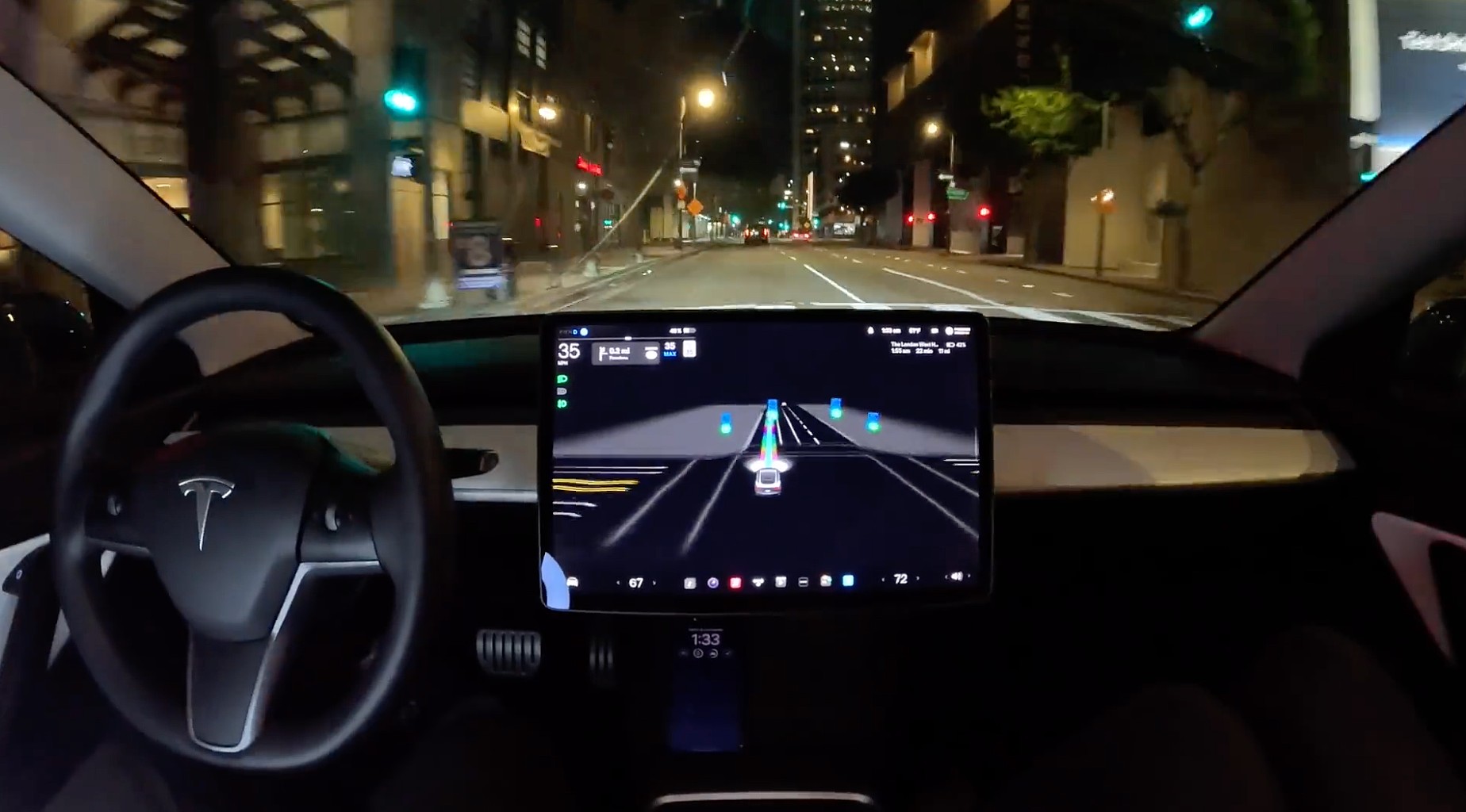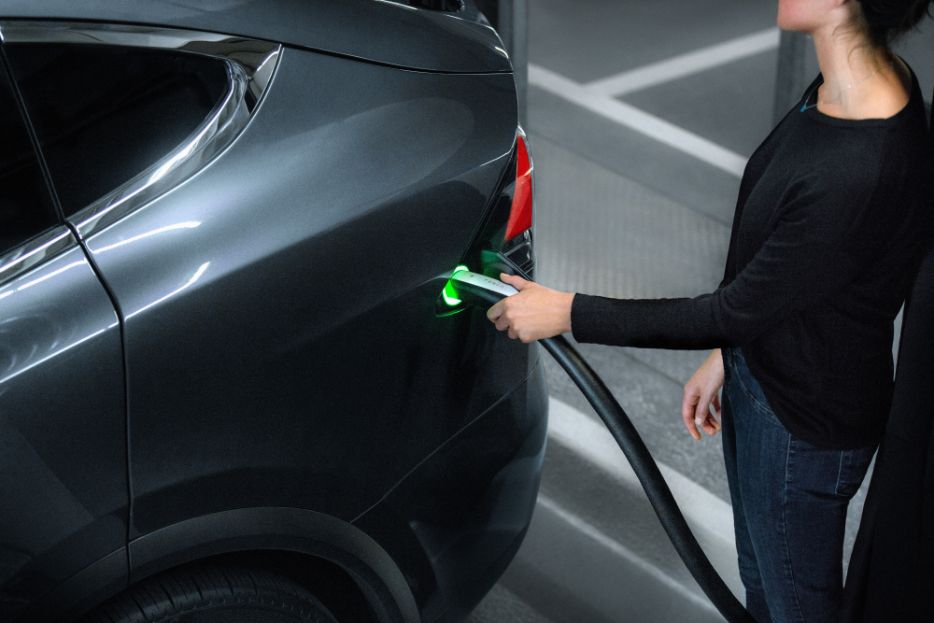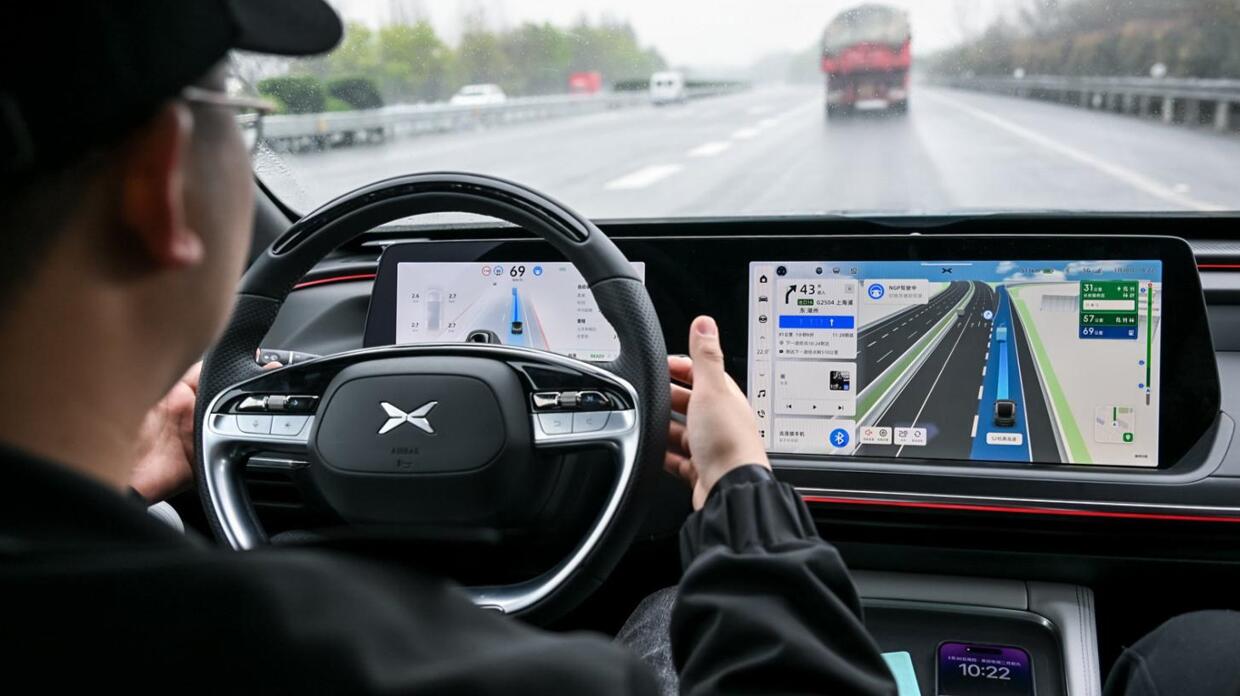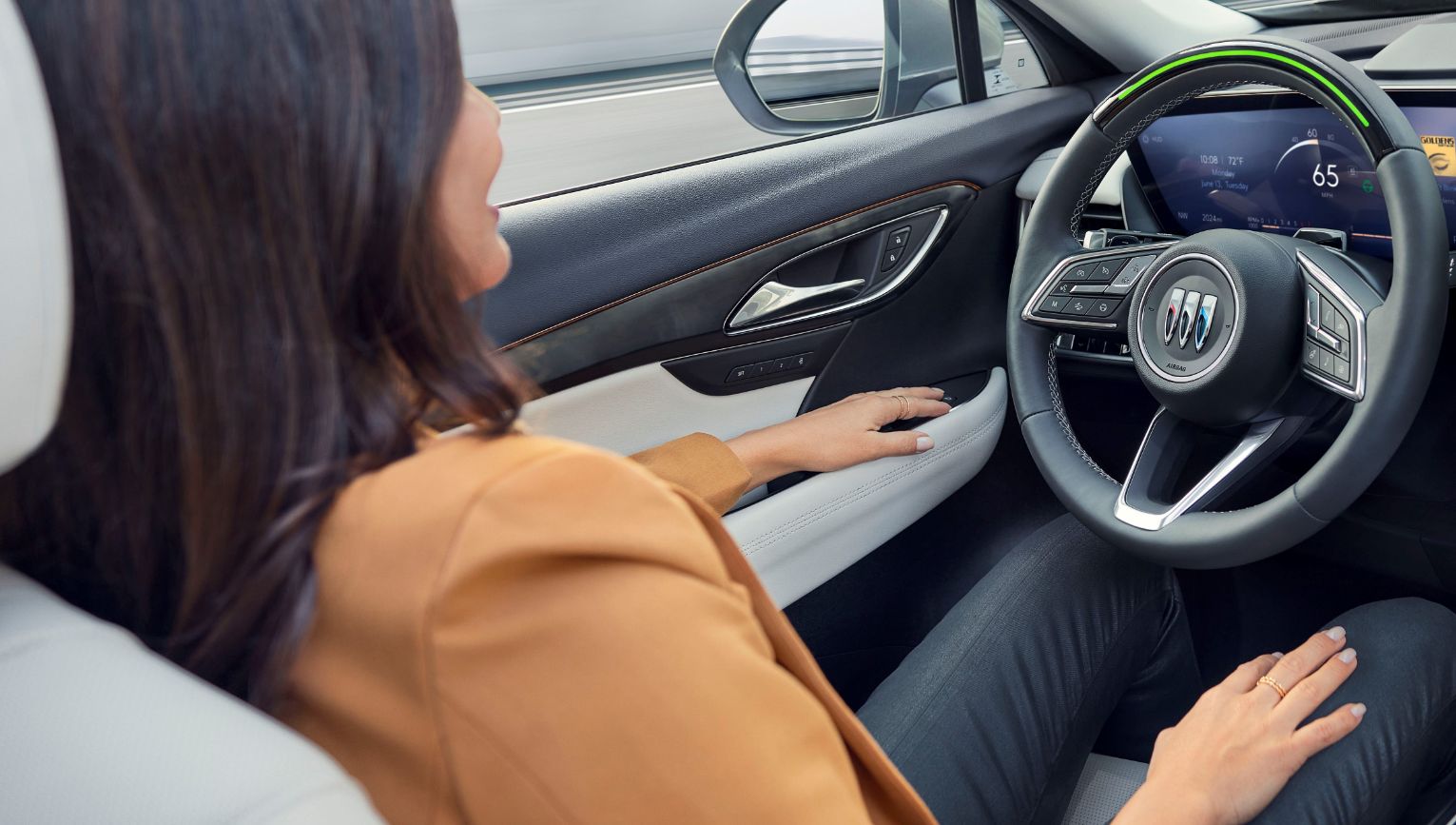In a distinctive study conducted by researchers in the United Kingdom, the reactions of pedestrians towards autonomous vehicles (AVs) were examined using a peculiar approach—a human disguised as a car seat, referred to as the ‘ghost driver.’ The study aimed to explore how different external displays on AVs influenced people’s perception of them.
Lead researcher David R. Large, a research fellow from Nottingham University, explained the methodology behind the study: “We wanted to investigate how pedestrians would interact with a driverless car and devised this unique approach to study their reactions. Our goal was to identify the designs that would instill the highest level of trust in individuals wanting to cross the road in front of the ‘AV.'”
Over the course of several days, the car, with Large ingeniously disguised as a car seat, was driven around Nottingham University’s Park Campus. The objective was to gauge pedestrians’ responses to self-driving vehicles equipped with various External Human-Machine Interfaces (eHMIs)—visual displays located on the front of the vehicle. The eHMI projected a series of different designs, including expressive eyes and a face, accompanied by brief messages such as “I have seen you” or “I am giving way.”
Throughout the experiment, a total of 520 pedestrians interacted with the car, and their reactions were captured by a dashboard camera, resulting in 64 recorded responses. The researchers analyzed factors such as the time taken by pedestrians to cross the road, how frequently and for how long they looked at the car.
The results of the study were compelling, as Professor Gary Burnett, another academic involved in the research, elucidated: “We were pleased to discover that a significant number of respondents considered the external HMI as an important factor in deciding whether or not to cross the road. This is an encouraging finding for the advancement of this field of work.”
Notably, the eHMI featuring eyes garnered the most attention, corroborating a similar study conducted by researchers from Japan’s University of Tokyo last year. Conversely, an LED strip was perceived as less clear and elicited lower levels of trust. Interestingly, it was observed that several pedestrians used hand signals to acknowledge the ‘AV’ when it slowed down, even though they believed the car was driverless—indicating that there is still an expectation of social interaction.
The researchers hope that the findings of this study, which can be accessed online in its entirety, will be taken into consideration as the deployment of self-driving taxi services gains momentum worldwide.







